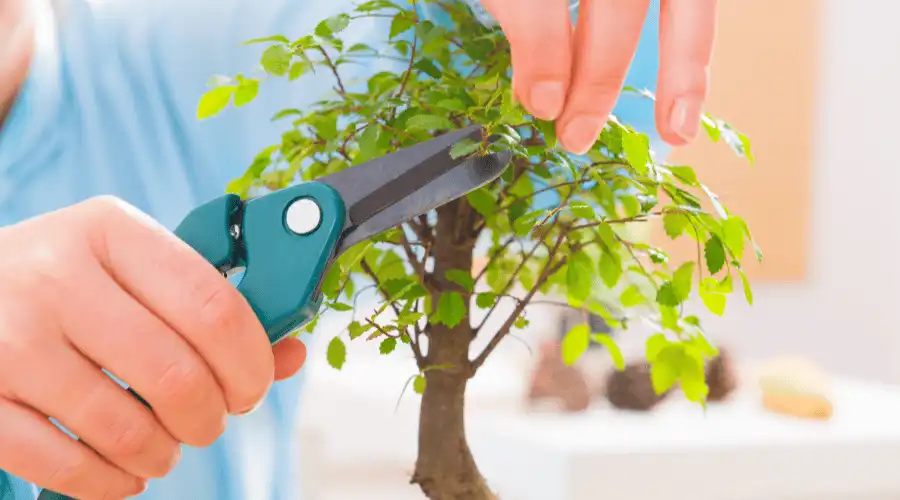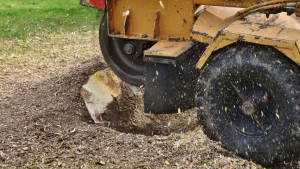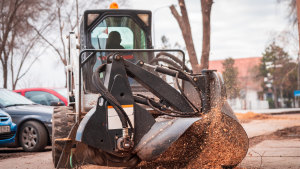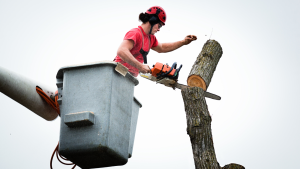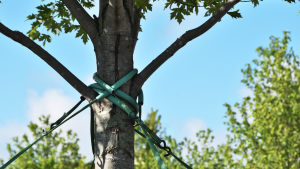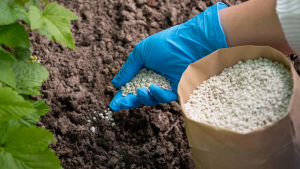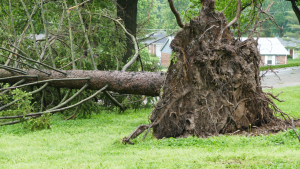Taking care of trees is crucial for keeping your surroundings healthy and looking good. It doesn’t matter if you’re a pro or love gardening at home – learning how to trim trees is super important. This blog will help you understand some essential tree-trimming techniques. We’ll talk about how to shorten trees and why pruning and trimming matter in keeping your garden neat.
Let’s explore the ways to reduce the top part of a tree, called crown reduction, and thinning out branches. Knowing these tricks will make a big difference for your trees. It’s like giving them a haircut to stay healthy and beautiful. So, whether you’re a tree pro or just starting, let’s dive into tree trimming.
In Joliet, Illinois, we take pride in delivering exceptional tree care service that you can rely on. Joliet Tree Service is your dedicated partner for expert tree services and maintenance.
What is Tree Crown Reduction?
Tree crown reduction is like smartly giving a tree a haircut. It means carefully taking away some branches and leaves from the outside part of a tree’s top. The main idea is to make the tree’s top part smaller while keeping its natural shape. People use this technique to control a tree’s height, make it safer, and help it grow better.
But doing it well needs a good understanding of how trees work and being careful with the cuts. It’s like being a tree doctor who knows exactly what the tree needs. So, if you want to be a pro at crown reduction, you need to learn about tree biology and be great at making precise cuts. This way, you can ensure the tree stays healthy and looks right.
Different Types of Tree Trimming
Thinning
Thinning is a tree trimming technique that involves the removal of selective branches to improve the tree’s overall structure and health. This process helps to increase air circulation within the canopy, reduce wind resistance, and promote sunlight penetration.
Thinning also alleviates the weight of excessive branches, reducing the risk of limb failure during storms. A well-thinned tree is more resistant to diseases and pests, contributing to its overall vitality.
Crown Reduction
Crown reduction is another important tree trimming method that focuses on reducing the size and overall volume of a tree’s canopy. This technique is particularly beneficial when dealing with overgrown or mature trees that may pose a risk to property or nearby structures.
By strategically removing branches, the tree’s height and spread are reduced without compromising its structural integrity. Crown reduction also helps in maintaining a balanced and aesthetically pleasing shape while preserving the tree’s health.
Importance of Precision and Skill in Trimming
Precision and skill are paramount in tree trimming to ensure the long-term health and well-being of the trees. Improper trimming, such as excessive removal of branches or incorrect cuts, can lead to irreversible damage, leaving the tree susceptible to diseases and decay. Skilled arborists understand the biology of trees and employ precise techniques to achieve the desired results without compromising the tree’s integrity.
Trimming
When it comes to tree trimming, it’s crucial to recognize the balance between maintaining the tree’s natural form and achieving the desired aesthetic goals. Professional arborists possess the knowledge and expertise needed to assess each tree individually, considering factors such as species, age, and overall health. This personalized approach ensures that the trimming process enhances the tree’s beauty while promoting its overall well-being.
Benefits of Precision and Skill in Tree Trimming
Mastering trimming techniques is more than just a skill; it’s an art that brings forth numerous benefits:
- Healthier Trees: Precision cuts promote rapid healing, reducing the risk of infections and diseases.
- Enhanced Aesthetics: Skillful trimming enhances the visual appeal of trees, contributing to an overall pleasing landscape.
- Improved Safety: Regular trimming minimizes the risk of falling branches, making outdoor spaces safer for residents and visitors.
- Long-Term Tree Viability: Proper trimming contributes to the long-term viability of trees, ensuring they thrive for generations to come.
Taking care of trees is like a journey where you learn the art and science of trimming. Remember that each cut matters for the tree’s health when you get better at reducing crowns and thinning branches.
Knowing how trees work and being careful with your cuts can improve your tree care skills. This helps keep the landscapes you look after healthy and beautiful. So, pick up your pruning shears and learn how to master trimming – your trees will appreciate it.
Another awesome article about Tree Care 101: Understanding How to Keep Trees Healthy
